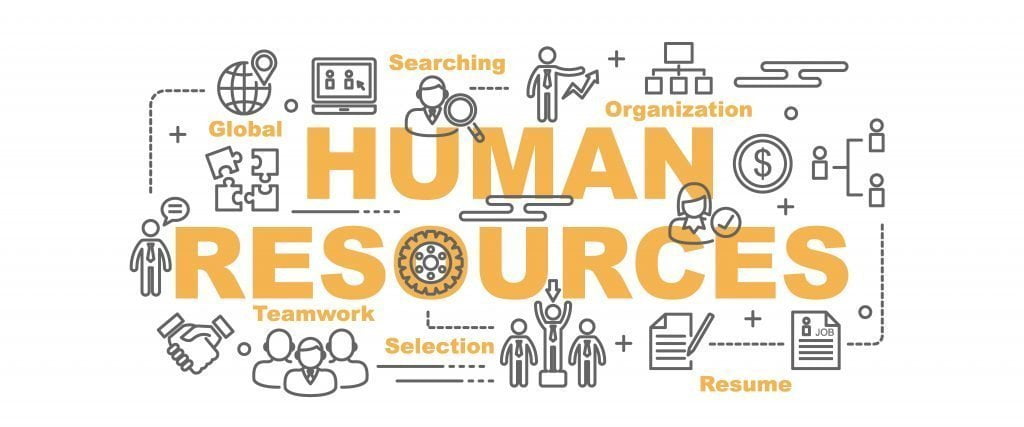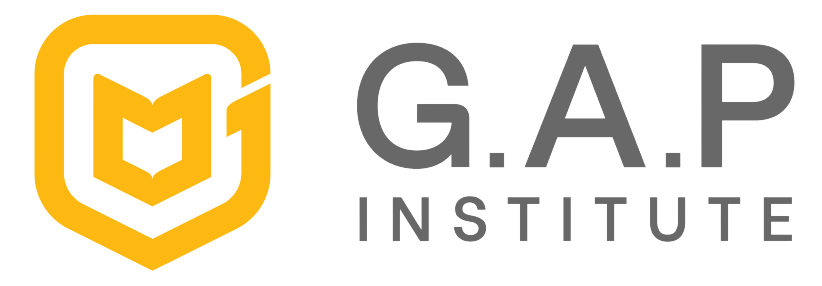From the past to the present, human resource planning has always been an essential process for most large and small businesses. However, many administrators still need to clearly understand the concept and process of standardized human resource planning. Please refer to the article below with G.A.P Institute to understand human resource planning and the specific steps to implement it!

- What is human resource planning?
Human Resource Planning is the process of predicting and analyzing each business's future human resource needs. From there, leaders can develop plans to arrange human resources to achieve the business's goals, avoiding shortages or surpluses of employees. In other words, human resource planning is determining "the right person - the right job - at the right time" to operate and develop a business.
Human resource planning needs to ensure flexibility to meet short-term staffing challenges. At the same time, this process also needs to be consistent with fluctuations in the long-term business environment. Along with that, one of the significant challenges of this process is that the number of personnel and qualifications often change quickly for many reasons, such as promotion, illness, position change, etc. Therefore, this process requires senior human resource managers to have sharp strategic thinking and vision.
2. Why is human resource planning important for business development?
A business that wants to develop sustainably often needs a human resource planning process, which brings many benefits to businesses, such as:
- Maximize the use of human resources and ensure the development of each individual in the company.
- Ensure the company always has enough personnel, and businesses use the right people to reduce costs in time and materials.
- Increase labor productivity for the organization, creating conditions for achieving planned goals.
- Allows businesses to maintain and create a development environment for stable, skilled employees and plans to retain talent in the future.
3. Process of implementing human resource planning in business operations
- Step 1: Analyze the current supply situation
Assessing current human resources plays a vital role as a solid foundation when planning human resource planning. In this step, the human resources department needs to perform a comprehensive analysis of resources based on essential criteria such as:
- Number of employees
- Soft skills & professional qualifications
- Each individual's role and performance level
Based on these criteria, managers can clearly understand the current human resource supply situation to make more accurate observations.
- Step 2: Determine future human resource needs
The second step requires businesses to develop a plan for their human resources. In this step, human resource managers can consider specific issues such as promotions, retirements, turnover or even layoffs to predict future human resource needs.
Businesses must consider external factors such as technological developments that can increase or decrease labor demand, etc.
- Step 3: Forecast workforce needs
In the next step, administrators must analyze and identify needs to narrow the gap between labor supply and future demand. To accurately forecast future labor resources, administrators must clearly understand long-term strategies and goals to predict human resource needs and meet business plans. Accordingly, you can answer some questions such as:
- What new skills and expertise should employees receive?
- Does the company need more middle management or senior management?
- Are all employees playing to their strengths in their current roles?
Also, in this step, you will determine whether human resources are surplus or lacking compared to the needs of the business in the future and come up with solutions to fix it in the long term.







